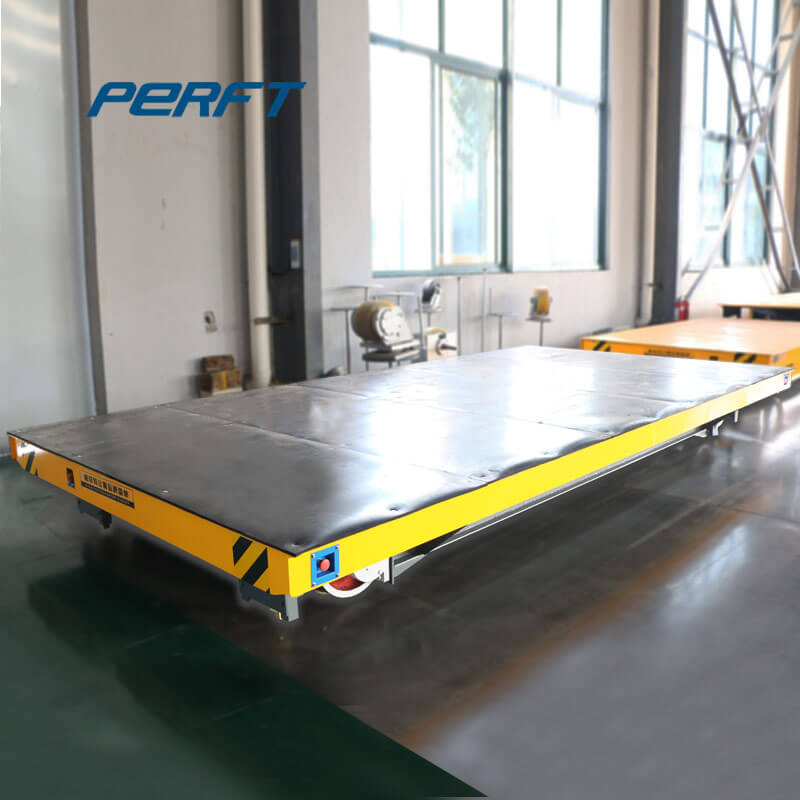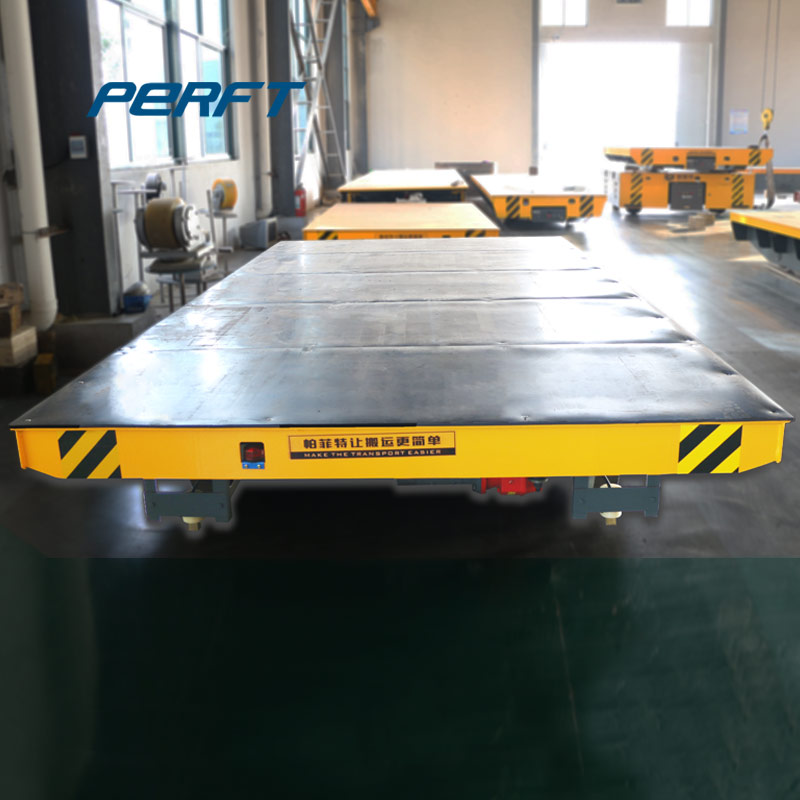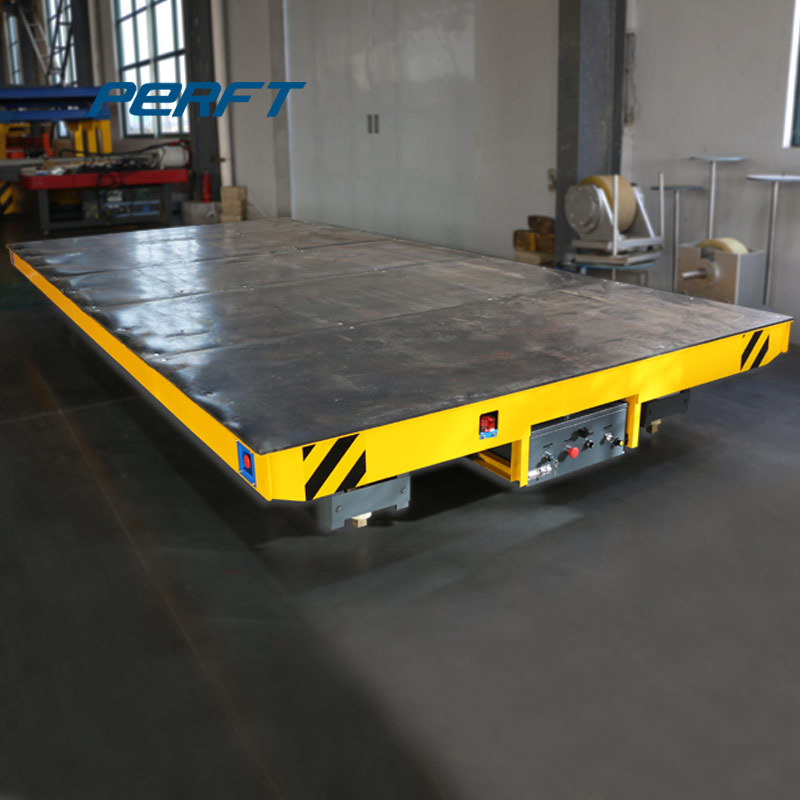


.jpg)
.jpg)
.jpg)
.jpg)
.jpg)
.jpg)
.jpg)
.jpg)
.jpg)
.jpg)
.jpg)
.jpg)
.jpg)
.jpg)
.jpg)
.jpg)
.jpg)
.jpg)
.jpg)
.jpg)
.jpg)
.jpg)
.jpg)
.jpg)
.jpg)
.jpg)
.jpg)
.jpg)
.jpg)
.jpg)
.jpg)
.jpg)
.jpg)
.jpg)
.jpg)
.jpg)
.jpg)
.jpg)
.jpg)
.jpg)
.jpg)
.jpg)
.jpg)
.jpg)
.jpg)
.jpg)
.jpg)
.jpg)
.jpg)
.jpg)
.jpg)
.jpg)
.jpg)
.jpg)
.jpg)
.jpg)
.jpg)
.jpg)
.jpg)
.jpg)
.jpg)
.jpg)
.jpg)
.jpg)
.jpg)
.jpg)
.jpg)
.jpg)
.jpg)
.jpg)
.jpg)
.jpg)
.jpg)
.jpg)
.jpg)
.jpg)
.jpg)
.jpg)
.jpg)
.jpg)
.jpg)
.jpg)
.jpg)
.jpg)
.jpg)
.jpg)
.jpg)
.jpg)
.jpg)
.jpg)
.jpg)
.jpg)
.jpg)
.jpg)
.jpg)
.jpg)
.jpg)
.jpg)
.jpg)
.jpg)
Aug 15, 2014 · Over time as the waste by rail transport industry grew the same phenomenon occurred in waste flat cars as occurred in coal gondolas. A group of innovate and creative individuals engineered the 70 ton car so that it could transport 100 tons of containers and commodity.
A-end — the end of a railcar, opposite the end equipped with the hand brake (see B-end). Ambient — the temperature and barometric pressure of the local environment. B-end — the end of a railcar on which the hand brake is attached. If both ends of the railcar have a hand brake, the car will be stenciled “A-END” and “B-END.”
ability to carry 74 tons when the weight of the car is taken into consideration. Trains would consist of an average of 60 cars and hence, have a carrying capacity of 4,440 tons. A modern railcar has a gross capacity of 286,000 lbs or 125.5 tons moving in trains consisting of 100 cars or more, yielding
Overhead Cranes. In our 80 years producing lifting equipment, Konecranes has risen to become the world's choice for overhead crane equipment and service, container handling equipment, shipyard cranes, bulk handling cranes and lift trucks. The deep industry knowledge that we've developed during our decades of experience is built into every
A Rail Car for Everything, and Everything in a Rail Car. You can ship just about anything by rail, and as you can see, there is a rail car for just about everything. To learn more about these rail car types and their specifications, check out additional details here – or contact us to learn how your products can move by rail. Related Articles:
Union Pacific continues to implement a process to help eliminate damage to rail infrastructure that can occur from the shipment of rail cars that exceed the maximum recommended gross weight. While much of Union Pacific's system is approved for the heavy axle rail cars that can handle up to 286,000 lbs. or 315,000 lbs. gross weight, in several Union Pacific locations, the track structure &ndash
Dec 18, 2021 · By being connected, the five individual four-ton SUVs have become a vehicle that weighs 20 tons, has 20 tires, and stops in the same distance as one SUV. Q.E.D. * It's true that, in present-day reality, big trucks do require more stopping distance than small cars, but the reason is economics, not physics.
Trains can't stop quickly or swerve. The average freight train is about 1 to 1¼ miles in length (90 to 120 rail cars). When it's moving at 55 miles an hour, it can take a mile or more to stop after the locomotive engineer fully applies the emergency brake. An 8-car passenger train moving at 80 miles an hour needs about a mile to stop.
22.35 94.67 11 1.6 2,116 246 36 short tons Coal Coke 24.80 113.67 11 1.6 2,819 273 40 short tons
End Load design with integrated ramps. with a lifting capacity of 80 tons per gauge 1435 mm for only 102 hours of 1990 ... Rail Car Tugger Contact for Pricing.
Aug 20, 2019 · This isn’t a major concern for most movers, but if you’re looking to transport a car by rail that is rare, antique, valuable, or otherwise better suited to a bit of extra protection, opt for enclosed transport. Cost to Transport a Car by Train. Shipping a car by train is an affordable alternative to other car shipping methods.
Jun 26, 2011 · The concept is called Moving Platforms and is a completely inter-connected rail network of non-stop high-speed trains where passengers could travel around a country without needing to get off a train.
With panic braking the driver stops in less time or distance and experiences more force. Crashing and Smashing The second animated vehicle’s front end is less stiff so it crushes two feet instead of one, causing the deceleration to decrease from 30gs to 15 gs .
rail terminal and move together in designated train service, which stops to make pickups and drop-offs along the way. Industry Automotive Bulk products Consumer goods Merchandise Dimensional cargo Rail car types Autorack car Hopper rail car Intermodal Railcar Flat car Products Finished vehicles Import or export vehicles Grain, feed Sand, cement
Oct 25, 2021 · We take the value of 1.6 tons for a small goods vehicle, 5 tons for a medium goods vehicle, 15 tons for aPerfect goods vehicle, 20 tons for a huge goods vehicle and 30 tons for a container goods